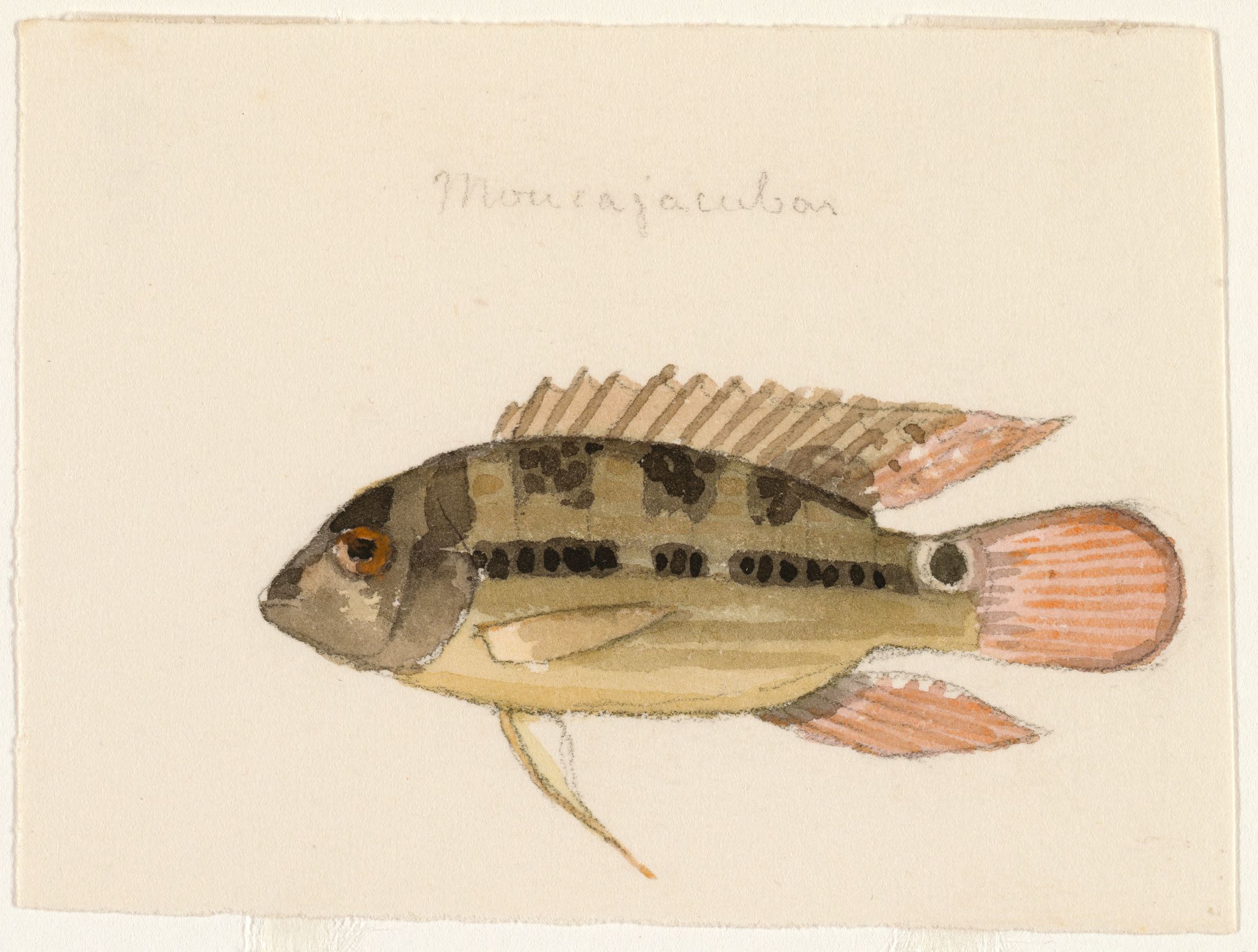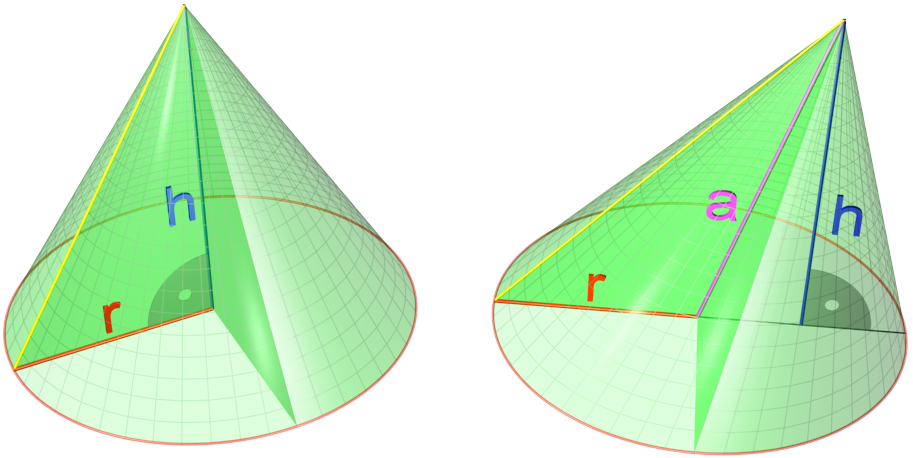|
Hemitaeniochromis
''Hemitaeniochromis'' is a small genus of cichlid fishes endemic to Lake Malawi in east Africa. The genus is distinguished from other genera of Lake Malawi Haplochromini by details of its melanic color pattern and by its dentition. The color pattern includes (1) a midlateral horizontal stripe starting at least an eye length behind the operculum, this stripe broken into separate spots at least on its front half, more nearly continuous on its rear half, extending to the end of the caudal peduncle; (2) a second (supralateral) stripe above the midlateral one that is only on the front part of the flanks, and which is also at least partly broken into spots; (3) above this at the base of the dorsal fin are 4 or 5 dorsal midline spots. The dentition of the jaws is also distinctive in fish at least 10 centimetres (4 inches) in length (not counting the caudal fin); the outer teeth are roughly conical with a single cusp and are spaced apart from each other by about the width of the tooth. ... [...More Info...] [...Related Items...] OR: [Wikipedia] [Google] [Baidu] |
Hemitaeniochromis Urotaenia
''Hemitaeniochromis urotaenia'' is a species of fish endemic to Lake Malawi in East Africa. It is the type species of the genus ''Hemitaeniochromis'', and is part of family Cichlidae in subfamily Pseudocrenilabrinae and the tribe Haplochromini. See also *Cichlid Cichlids () are a large, diverse, and widespread family of percomorph fish in the family Cichlidae, order Cichliformes. At least 1,760 species have been scientifically described, making it one of the largest vertebrate families, with on ... References * Eccles, D.H. & Trewavas, E. (1989). Malaŵian cichlid fishes. The classification of some Haplochromine genera. Lake Fish Movies, Herten, Germany, 335 pp. * Oliver, M.K. (2012). ''Hemitaeniochromis brachyrhynchus'', a new species of cichlid fish from Lake Malaŵi, with comments on some other supposed members of the genus (Teleostei: Cichlidae). ''Zootaxa'', 3410: 35–50PDF* Regan, C.T. (1922). The cichlid fishes of Lake Nyassa. ''Proceedings of the Zoolog ... [...More Info...] [...Related Items...] OR: [Wikipedia] [Google] [Baidu] |
Hemitaeniochromis Brachyrhynchus
''Hemitaeniochromis brachyrhynchus'' is a species of fish in the family Cichlidae. Its specific epithet ''brachyrhynchus'' (meaning: short snout) refers to the most distinctive characteristic of this species, the reduced length of the head in front of the eye (Oliver 2012: 42). Prior to the formal description of this species in 2012, the specimen which became the paratype was provisionally called ''Hemitaeniochromis'' sp. 'insignis big eye' (Snoeks & Hanssens 2004: 284 & fig. 52); however, the species has no accepted common name. This species is suspected of being paedophagous, because it shares attributes of its dentition, a heavy dentary or lower jaw, and thickened oral mucous membrane in which the teeth are buried, all characteristics found especially in other known paedophagous cichlids (Oliver 2012: 45). However, this diet has not been confirmed since neither behavioral observation nor analysis of its stomach contents has been possible. It has been found only at two widely ... [...More Info...] [...Related Items...] OR: [Wikipedia] [Google] [Baidu] |
Cichlid Genera
Cichlids () are a large, diverse, and widespread family of percomorph fish in the family Cichlidae, order Cichliformes. At least 1,760 species have been scientifically described, making it one of the largest vertebrate families, with only the Cyprinidae being more speciose. New species are discovered annually, and many species remain undescribed. The actual number of species is therefore unknown, with estimates varying between 2,000 and 3,000. They are native to the Neotropics, Africa (including Madagascar), the Middle East, and the Indian subcontinent, although some species have been introduced worldwide. Many cichlids, particularly tilapia, are important food fishes, while others, such as the '' Cichla'' species, are valued game fish. The family also includes many popular freshwater aquarium fish kept by hobbyists, including the angelfish, oscars, and discus. Cichlids have the largest number of endangered species among vertebrate families, most in the haplochromi ... [...More Info...] [...Related Items...] OR: [Wikipedia] [Google] [Baidu] |
David Henry Eccles
David (; , "beloved one") was a king of ancient Israel and Judah and the Kings of Israel and Judah, third king of the Kingdom of Israel (united monarchy), United Monarchy, according to the Hebrew Bible and Old Testament. The Tel Dan stele, an Canaanite and Aramaic inscriptions, Aramaic-inscribed stone erected by a king of Aram-Damascus in the late 9th/early 8th centuries BCE to commemorate a victory over two enemy kings, contains the phrase (), which is translated as "Davidic line, House of David" by most scholars. The Mesha Stele, erected by King Mesha of Moab in the 9th century BCE, may also refer to the "House of David", although this is disputed. According to Jewish works such as the ''Seder Olam Rabbah'', ''Seder Olam Zutta'', and ''Sefer ha-Qabbalah'' (all written over a thousand years later), David ascended the throne as the king of Judah in 885 BCE. Apart from this, all that is known of David comes from biblical literature, Historicity of the Bible, the historicit ... [...More Info...] [...Related Items...] OR: [Wikipedia] [Google] [Baidu] |
Conical
In geometry, a cone is a three-dimensional figure that tapers smoothly from a flat base (typically a circle) to a point not contained in the base, called the ''apex'' or '' vertex''. A cone is formed by a set of line segments, half-lines, or lines connecting a common point, the apex, to all of the points on a base. In the case of line segments, the cone does not extend beyond the base, while in the case of half-lines, it extends infinitely far. In the case of lines, the cone extends infinitely far in both directions from the apex, in which case it is sometimes called a ''double cone''. Each of the two halves of a double cone split at the apex is called a ''nappe''. Depending on the author, the base may be restricted to a circle, any one-dimensional quadratic form in the plane, any closed one-dimensional figure, or any of the above plus all the enclosed points. If the enclosed points are included in the base, the cone is a solid object; otherwise it is an open surface, a ... [...More Info...] [...Related Items...] OR: [Wikipedia] [Google] [Baidu] |
Fish Of Lake Malawi
A fish (: fish or fishes) is an aquatic animal, aquatic, Anamniotes, anamniotic, gill-bearing vertebrate animal with swimming fish fin, fins and craniate, a hard skull, but lacking limb (anatomy), limbs with digit (anatomy), digits. Fish can be grouped into the more basal (phylogenetics), basal jawless fish and the more common jawed fish, the latter including all extant taxon, living cartilaginous fish, cartilaginous and bony fish, as well as the extinct placoderms and acanthodians. In a break to the long tradition of grouping all fish into a single Class (biology), class (Pisces), modern phylogenetics views fish as a paraphyletic group. Most fish are ectotherm, cold-blooded, their body temperature varying with the surrounding water, though some large nekton, active swimmers like white shark and tuna can hold a higher core temperature. Many fish can communication in aquatic animals#Acoustic, communicate acoustically with each other, such as during courtship displays. The stud ... [...More Info...] [...Related Items...] OR: [Wikipedia] [Google] [Baidu] |
Gallons
The gallon is a unit of volume in British imperial units and United States customary units. The imperial gallon (imp gal) is defined as , and is or was used in the United Kingdom and its former colonies, including Ireland, Canada, Australia, New Zealand, India, South Africa, Malaysia and some Caribbean countries, while the US gallon (US gal) is defined as , and is used in the United States and some Latin American and Caribbean countries. There are four gills in a pint, two pints in a quart, and four quarts (''quarter'' gallons) in a gallon, with the imperial gill being divided into five imperial fluid ounces and the US gill being divided into four US fluid ounces: this, and a slight difference in the sizes of the imperial fluid ounce and the US fluid ounce, give different sizes for the imperial gallon and US gallon. The IEEE standard symbol for both the imperial and US gallons is gal, not to be confused with the gal (symbol: Gal), a CGS unit of acceleration. Definitions T ... [...More Info...] [...Related Items...] OR: [Wikipedia] [Google] [Baidu] |
Litres
The litre ( Commonwealth spelling) or liter (American spelling) (SI symbols L and l, other symbol used: ℓ) is a metric unit of volume. It is equal to 1 cubic decimetre (dm3), 1000 cubic centimetres (cm3) or 0.001 cubic metres (m3). A cubic decimetre (or litre) occupies a volume of (see figure) and is thus equal to one-thousandth of a cubic metre. The original French metric system used the litre as a base unit. The word ''litre'' is derived from an older French unit, the '' litron'', whose name came from Byzantine Greek—where it was a unit of weight, not volume—via Late Medieval Latin, and which equalled approximately 0.831 litres. The litre was also used in several subsequent versions of the metric system and is accepted for use with the SI, despite it not being an SI unit. The SI unit of volume is the cubic metre (m3). The spelling used by the International Bureau of Weights and Measures is "litre", [...More Info...] [...Related Items...] OR: [Wikipedia] [Google] [Baidu] |
Inches
The inch (symbol: in or ) is a unit of length in the British Imperial and the United States customary systems of measurement. It is equal to yard or of a foot. Derived from the Roman uncia ("twelfth"), the word ''inch'' is also sometimes used to translate similar units in other measurement systems, usually understood as deriving from the width of the human thumb. Standards for the exact length of an inch have varied in the past, but since the adoption of the international yard during the 1950s and 1960s the inch has been based on the metric system and defined as exactly 25.4 mm. Name The English word "inch" () was an early borrowing from Latin ' ("one-twelfth; Roman inch; Roman ounce"). The vowel change from Latin to Old English (which became Modern English ) is known as umlaut. The consonant change from the Latin (spelled ''c'') to English is palatalisation. Both were features of Old English phonology; see and for more information. "Inch" is cognate with "o ... [...More Info...] [...Related Items...] OR: [Wikipedia] [Google] [Baidu] |
Centimetre
upright=1.35, Different lengths as in respect to the electromagnetic spectrum, measured by the metre and its derived scales. The microwave is in-between 1 meter to 1 millimeter. A centimetre (International spelling) or centimeter (American English), with SI symbol cm, is a Units of measurement, unit of length in the International System of Units (SI) equal to one hundredth of a metre, ''centi-'' being the SI prefix for a factor of . Equivalently, there are 100 centimetres in 1 metre. The centimetre was the base unit of length in the now deprecated centimetre–gram–second (CGS) system of units. Though for many physical quantities, SI prefixes for factors of 103—like ''milli-'' and ''kilo-''—are often preferred by technicians, the centimetre remains a practical unit of length for many everyday measurements; for instance, human height is commonly measured in centimetres. A centimetre is approximately the width of the fingernail of an average adult person. Equivalenc ... [...More Info...] [...Related Items...] OR: [Wikipedia] [Google] [Baidu] |





